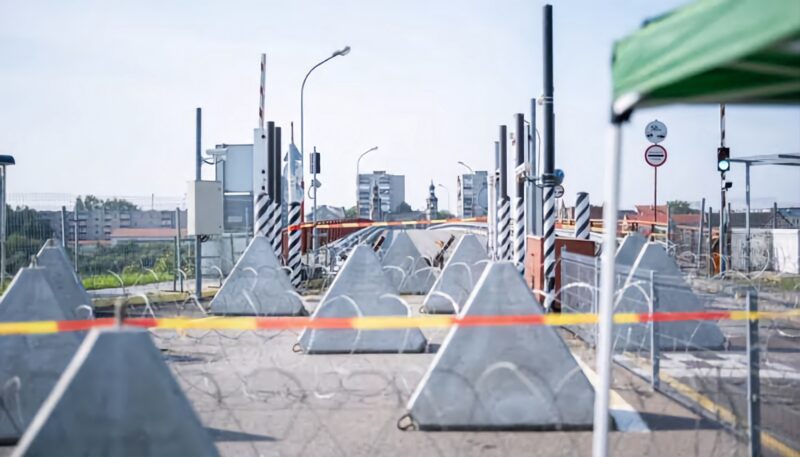Lithuania Bolsters Border Defenses with WWII-Era Dragon’s Teeth Anti-Tank Barriers Amid Growing Tensions with Russia
In a bold move to strengthen national defense, Lithuania has installed “dragon’s teeth” anti-tank barriers on key bridges that connect the country to Russia’s Kaliningrad exclave. The Lithuanian defense ministry announced the installation as part of broader efforts to protect the nation from potential threats, adding that firepower will support the fortifications.
Boosting Defense on the Neman River
The Neman River, which forms part of Lithuania’s border with Kaliningrad, is now a fortified zone with dozens of triangular concrete barriers strategically placed on bridges. These “dragon’s teeth,” first used in World War II, are designed to slow tanks and expose stranded vehicles to enemy fire. Barbed wire, mines, machine guns, and metal hedgehogs have also been installed as part of this comprehensive defensive strategy.
“This is a precautionary step to ensure more effective defense,” said the Lithuanian defense ministry.
Fortified Bridges: A Precaution Amid Regional Tensions

The heavily fortified Kaliningrad-Poland-Lithuania border zone is now one of Europe’s most secure regions following Russia’s invasion of Ukraine in 2022. The Queen Louise Bridge, which links the Russian town of Sovetsk to Lithuania’s Panemune, has also been reinforced with anti-tank barriers, marking Lithuania’s broader effort to defend its strategic infrastructure.
Laurynas Kasciunas, Lithuania’s defense minister, emphasized that more bridges will either be fortified or prepared for demolition if necessary.
EU-NATO States Ramp Up Border Defenses
Lithuania’s defensive upgrades come as several EU and NATO countries bordering Russia and Belarus have been updating their fortifications. These efforts, some costing billions of euros, aim to secure the region against potential threats from Moscow.










Join our Channel...